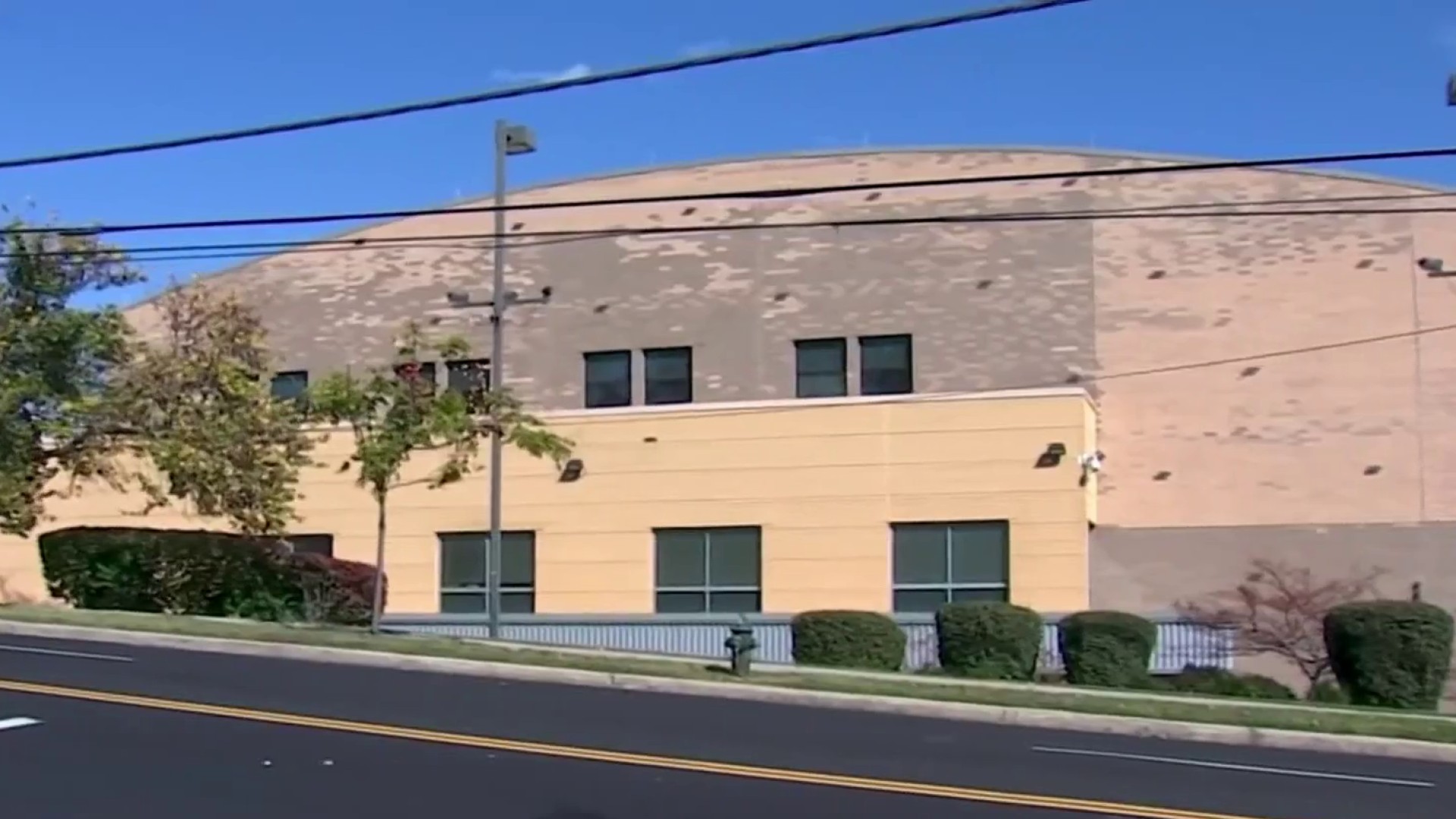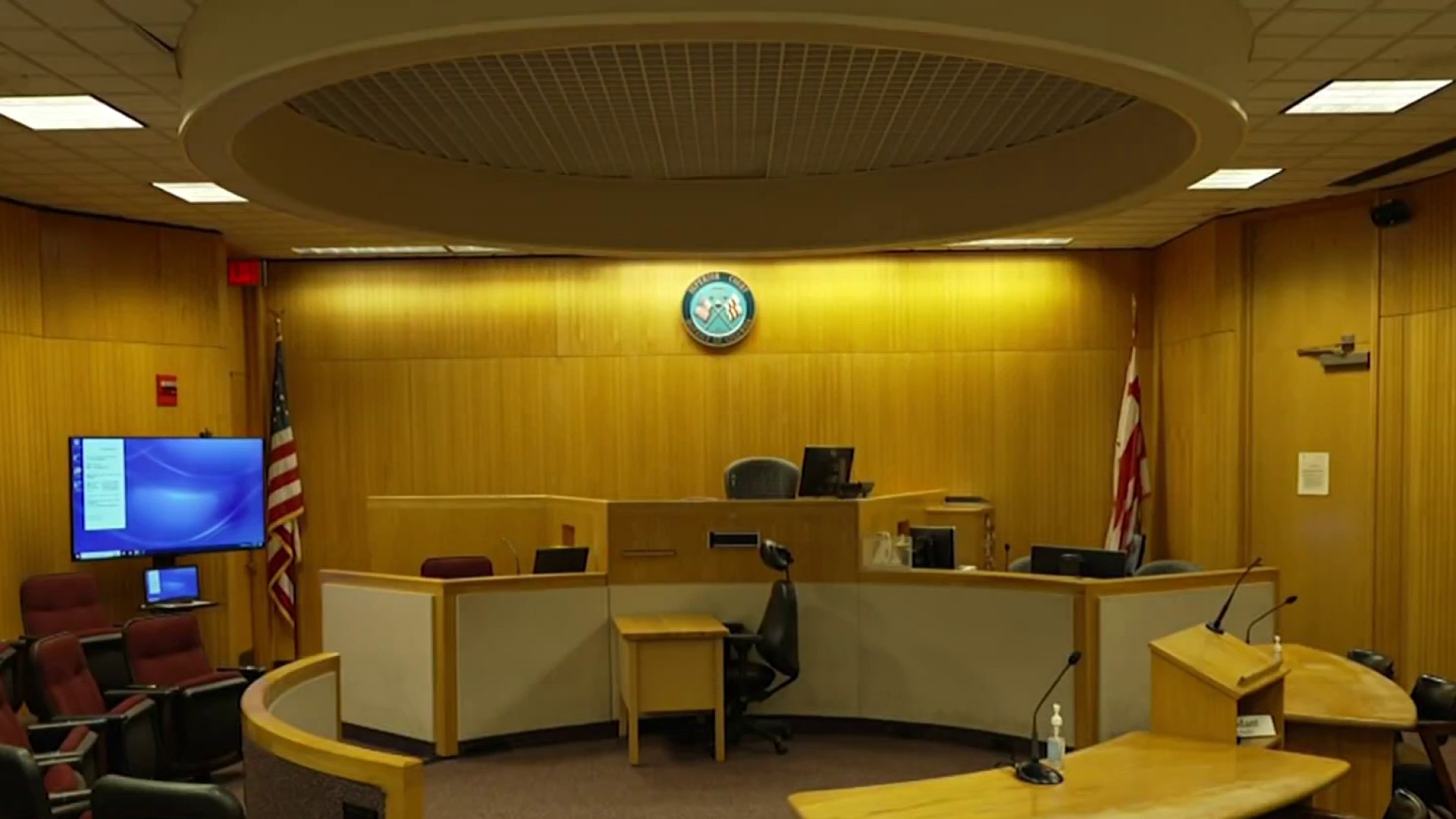Summer is half over, and many are enjoying those barbecues, stargazing or just relaxing with friends outside on the deck. But before the fun begins, safety experts say it’s important to do a deck check to look for any issues.
The Consumer Product Safety Commission estimated that over a three-year span, from 2016 to 2019, there were almost 3,000 injuries tied to the collapse of decks, balconies or porches.
In May, four people were injured when a deck collapsed in Camp Springs, Maryland. The homeowner told the News4 I-Team the deck ripped right off her house.
In Montgomery County, the Department of Permitting Services offers a free deck inspection to its residents each year. The I-Team went along on an inspection with Jeremy Shupp, a field supervisor for the county. He said one of the most important places to check for potential failures is the deck ledger. That’s where the deck attaches to the house.
We're making it easier for you to find stories that matter with our new newsletter — The 4Front. Sign up here and get news that is important for you to your inbox.
“You want to make sure it’s bolted properly, check the spacing of those bolts,” said Shupp.
He also checks to make sure the bolts connecting beams together are long enough to have washers on both sides to make it more secure.
See Montgomery County’s deck maintenance guidelines here.
Investigations
Investigations by the News4 I-Team
Decks failing early
But those aren’t the only potential issues with decks. There could also be a problem before it’s even used. This spring the I-Team heard from industry insiders who said they’re seeing an alarming number of newer decks deteriorating long before they should because the wrong type of wood was used to build it.
Tim Carter was a custom home builder for 20 years and is now the author of “Ask the Builder,” a syndicated newspaper column. He said a well-maintained lumber deck can last up to 50 years. But he’s seeing some decks failing after 10 years or even less.
“I’ve visited many, many a deck where the deck railing posts are rotting. It’s very, very common,” said Carter.
He said he typically hears from homeowners after their decks collapse, but by then it’s too late.
“I just hope that we can get consumers to slow down, do their homework and get the right materials,” said Carter.
Reading the labels
Buying the correct materials, according to Carter, starts with reading the labels on the lumber.
"What the treated lumber manufacturers are supposed to do, they have to put a very tiny little label on the end of each piece of lumber, and it's very small,” Carter said. “But some of them will say for ‘aboveground’ or it may say for ‘direct ground contact,’ but it won't have all the time these fancy classification acronyms.”
Carter was referring to acronyms developed by the American Wood Protection Association, a nonprofit organization that sets voluntary standards for the treated-wood industry. And he said those acronyms are key to determining what lumber should be used for what project.
According to the AWPA’s standards, there are several key bits of information you should see on the treated wood labels, usually found at the end of each piece.
“The highest concentration or the best treated lumber you could buy has got a rating of UC4C,” Carter said. “I know it's very complex, but that one is rated for extreme conditions ... I would say a majority of the contractors do not know this.”
That’s why it’s important homeowners know the right questions to ask and also to do their part maintaining their deck.
To see specific categories for the treated wood use, click here.
4 signs your deck needs repairs
If you already have a deck there are signs you can look for that it might need to be repaired or replaced.
- Rotting wood: Use a screwdriver and poke the wood, especially where it meets the ground. If it feels soft, it might be time to replace it.
- Cracked/splitting wood: Not only a sign that it may need to be replaced, it could also lead to injuries, like splinters.
- Rusty screws/metal connectors: This could be a sign of corrosion that could possibly weaken your deck’s structure.
- Wobbly railings: Loose and wobbly rails can come from improper fasteners used to attach railings to deck posts. Rather than screws and nails, lag screws or bolts should be used to keep deck railings securely attached to posts.
If you are concerned about your deck, contact your county or a licensed contractor and get it inspected.
Industry experts stress the importance of asking their contractors if they are aware of the various types of treated lumber to make sure the correct wood is being used outdoors.
Reported by Susan Hogan, produced by Rick Yarborough, and shot and edited by Lance Ing.
Sign up for our Breaking newsletter to get the most urgent news stories in your inbox.



